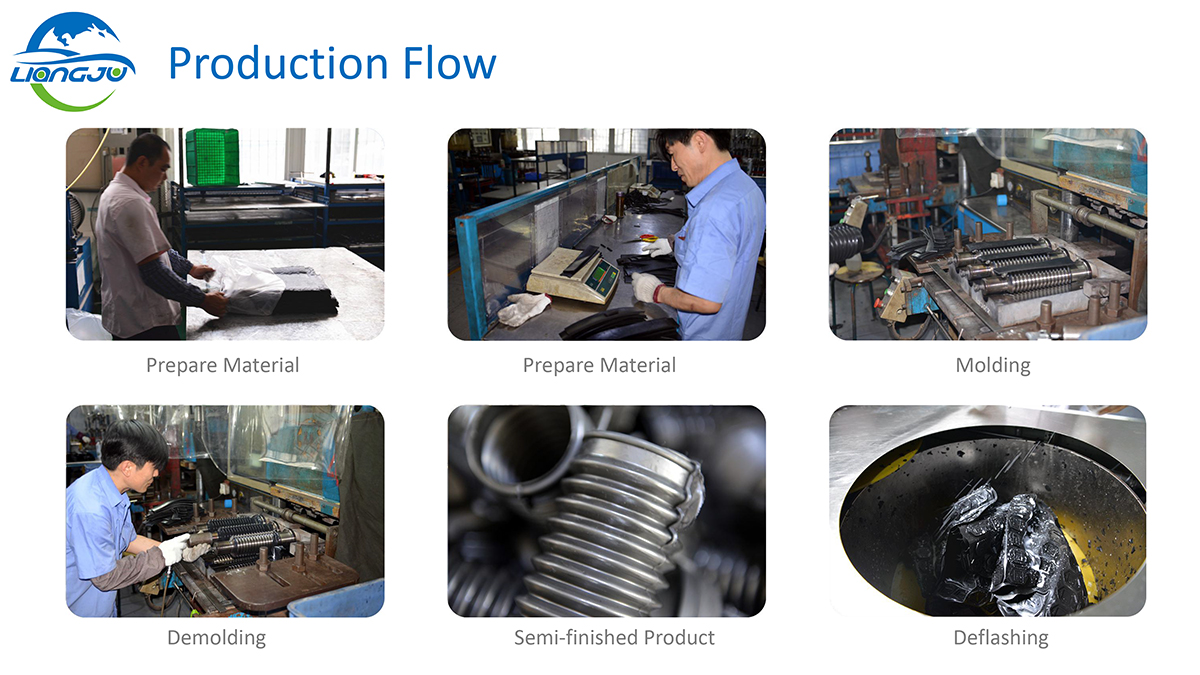 English
English Español
Español  русский
русский  日本語
日本語  Português
Português  Français
Français  Deutsch
Deutsch  tiếng Việt
tiếng Việt  Italiano
Italiano  Nederlands
Nederlands  ภาษาไทย
ภาษาไทย  Polski
Polski  한국어
한국어  Svenska
Svenska  magyar
magyar  Malay
Malay  বাংলা ভাষার
বাংলা ভাষার  Dansk
Dansk  Suomi
Suomi  हिन्दी
हिन्दी  Pilipino
Pilipino  Türkçe
Türkçe  Gaeilge
Gaeilge  العربية
العربية  Indonesia
Indonesia  Norsk
Norsk  تمل
تمل  český
český  ελληνικά
ελληνικά  український
український  Javanese
Javanese  فارسی
فارسی  தமிழ்
தமிழ்  తెలుగు
తెలుగు  नेपाली
नेपाली  Burmese
Burmese  български
български  ລາວ
ລາວ  Latine
Latine  Қазақша
Қазақша  Euskal
Euskal  Azərbaycan
Azərbaycan  Slovenský jazyk
Slovenský jazyk  Македонски
Македонски  Lietuvos
Lietuvos  Eesti Keel
Eesti Keel  Română
Română  Slovenski
Slovenski  मराठी
मराठी  Srpski језик
Srpski језик
The Usage of Vulcanizing Agent in Rubber Vulcanization Process
2021-02-24
During the vulcanization process, due to the cross-linking effect, the active functional groups or double bonds in the rubber macromolecular structure are gradually reduced, thereby increasing the chemical stability. On the other hand, due to the formation of a network structure, the movement of the rubber macromolecular segments is weakened, and the diffusion of low-molecular substances is severely hindered. As a result, the stability of the rubber's action on chemical substances is improved.
Vulcanizing agent is a substance that connects adjacent rubber macromolecular chains in the form of chemical bonds under certain conditions.
Vulcanizing agents are mainly divided into seven categories: sulfur, sulfur donors, organic peroxides, metal oxides, organic quinones, resin curing agents, and amine curing agents.

There are many types of rubber additives and their functions are more complicated. There are currently more than 3000 kinds of rubber additives in use internationally. According to its properties, it can be classified into the following categories: vulcanizing agents, accelerators, active agents, reinforcing fillers, plasticizers, antioxidants, coloring agents, as well as special additives for latex and other special purpose additives.The main vulcanizing agents are as follows.
(1) Elemental sulfur vulcanizing agent
(2) Sulfur donor
(3)Peroxide curing agent
(4) Metal oxide vulcanization system
(5) Derivatives of quinone
(6) Resin curing agent
(7) Amine compounds
-
E-mail
-
Call Us
-
Address
No.17, Huli Park, Tongan Industrial Concentration Area, Xiamen 361100 China
For inquiries about stabilizer bushing, dust cover, horse rubber parts or price list, please leave your email to us and we will be in touch within 24 hours.




